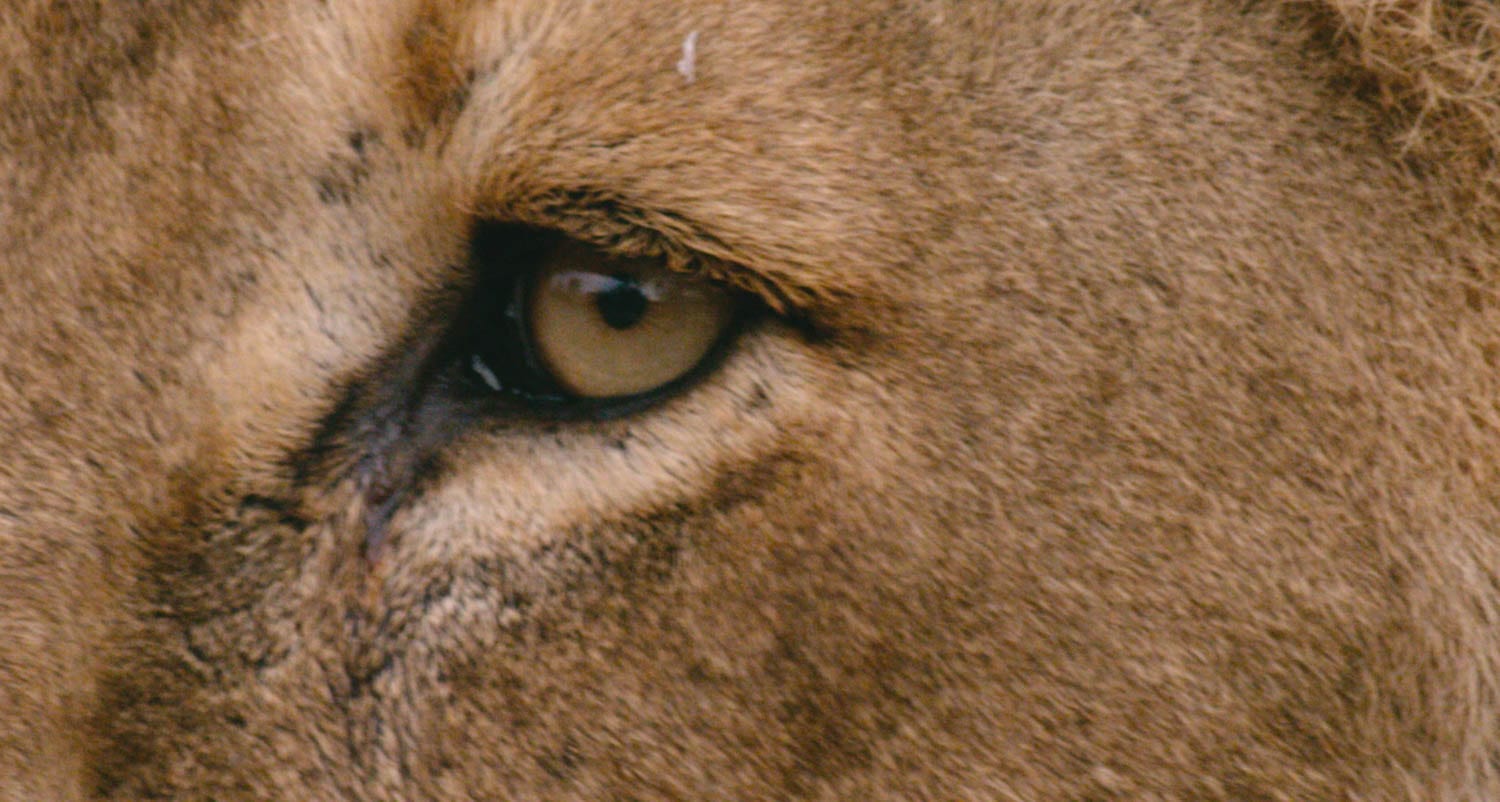Lions
Lions of Gorongosa
They are the ultimate symbol of untamed Africa: to hear the deep roar of a lion thunder out across the night is to experience true wilderness. Like all lions, Gorongosa’s lions are most active at night, when it’s cooler and their superb night-vision gives them an advantage hunting prey. But lions are opportunistic – if a chance to hunt is given to them they’ll take it, no matter what time of day.

During the day, our lions do what all cats do – they nap! Lions sleep over 20 hours a day. You might encounter them stretched out and snoring under the shade of a fever tree, bellies full, looking like a much-larger version of the plump house cat on your sofa at home! Every now and then, they’ll open their eyes and have a satisfying yawn, flashing a mouthful of gleaming white dagger-like canines! If you’re lucky, they’ll give you a good stare before returning to cat dreamland. Locking eyes with a real-life wild lion on a Mozambique safari is one of life’s greatest thrills, and a moment you will never forget.

If you’re lucky, a bushbuck or a warthog will amble nearby, oblivious to the perfect predators snoozing under the tree. In an instant, lions can go from sleeping pussy-cats to lethal hunters. Lions aren’t just our most beautiful, “charismatic” species, they perform a critical ecological function. As apex predators at the top of the food chain, they are vital to the health of the ecosystem here. Without sufficient numbers of lions and other large carnivores, the number of prey species such as warthog, bushbuck and reedbuck would multiply unchecked with serious ecological consequences.
Gorongosa was once home to hundreds of lions and our mission is to make Gorongosa a lion stronghold once again. Research work is currently underway, to accurately document, protect and restore the species to its full capacity in the Park. This work is not just important for the sake of Gorongosa’s ecosystem, but for the future of the species itself.
The lion is currently in a race for its survival across Africa. In just 50 years, lions in the wild have declined by 70% and have been extirpated from 80% of their historical range. Increasing human expansion and loss of habitat, retaliatory killings for livestock losses, incidental snaring and poaching, and unsustainable trophy hunting practices are all taking their toll on the species. Conservation efforts such as those underway here in Gorongosa are critical to the survival of this magnificent species in Mozambique and beyond. By visiting Gorongosa and meeting our lions face-to-face, you can help preserve their rightful place here for future generations.

ACTIVITIES for viewing lions

Our Mission
Our Mission
Advance an integrated multi-partner approach to conservation and to people-centred development. The Gorongosa Project protects the Park’s biodiversity and ecosystem services and unlocks its economic potential for the community inhabitants of the Gorongosa Buffer Zone, Sofala Province, Mozambique and further afield.
Our Vision
A thriving, biodiversity-rich, Greater Gorongosa conservation landscape, which supports Sofala Province as an engine for resilient and sustainable development enabling nature experiences and wellbeing for its people, enriching all of Mozambique and the world.
A Park for Peace
On 1 August, 2019 a historic ceremony was held in Gorongosa to celebrate the Cessation of Hostilities Accord between the leaders of the Government of Mozambique and the opposition Renamo Party. The accord established Gorongosa National Park (GNP) as a ‘Park for Peace’, delivering human development to the communities that share the greater landscape.
Ethics and Compliance
The Ethics and Compliance e-mail is a reporting mechanism that facilitates reporting of possible illegal, unethical, or improper conduct from staff, suppliers and stakeholders. The e-mail is Ethics@gorongosa.net